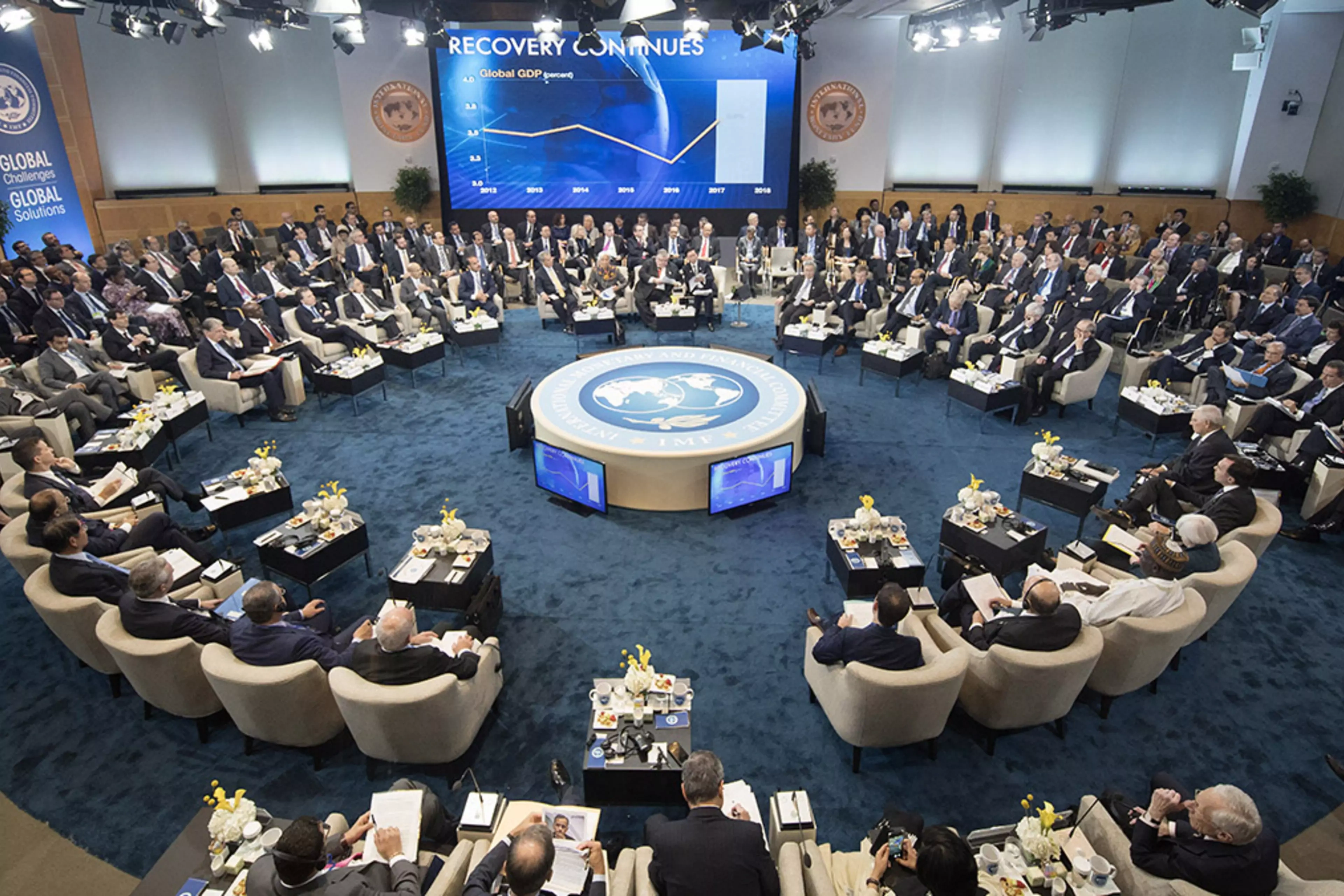This week, the International Monetary Fund (IMF) released its latest World Economic Outlook report. In it, they said that, despite slow economic growth, global inflation is likely to go down this year.
In spite of the cost-of-living crisis, the main goal of most economies is still to get inflation to go down and stay down.
“Even though there is a crisis in the cost of living, the goal of most economies is still to get inflation to go down and stay down. Because tighter money conditions and slower growth could affect the stability of finances and debt, it is important to use macroprudential tools and strengthen frameworks for restructuring debt “look over the report. People pointed to the war in Ukraine and the rise in interest rates by the central bank to fight inflation as things that slow down the economy. But the reopening of China and the easing of restrictions related to the pandemic may help to boost growth around the world.

The ongoing war in Ukraine, the logistical problems caused by the pandemic, and other geopolitical issues have kept prices high, especially for food and energy.
The rate of inflation is different in different parts of the world. It is still high in the Americas and Europe, but it is lower in many parts of Asia.
According to the IMF’s most recent update on the World Economic Outlook, global economic growth is expected to drop from an estimated 3.4% in 2022 to 2.9% in 2023 and then rise to 3.1% in 2024.
Even though the predicted growth is still “subpar,” the overall picture has gotten a little bit better since the last predictions. The current estimate for 2023 is 0.2 percentage points higher than what the World Economic Outlook for October 2022 said would happen.
This isn’t a huge reason to celebrate, since growth is still below the historical average of 3.8%, which has been about the same from 2000 to 2019.
The IMF also gave individual growth forecasts for some states and regions. It is expected that the United States will grow by 2% in 2022. In 2023, it is expected to drop to 1.4%, and in 2024, it will drop even more, to 1%. China’s growth, meanwhile, is expected to go from 3% in 2022 to 5.2% this year. However, it is expected to drop to 4.5% in 2023.
The report also says that India’s growth is expected to slow this year, from 6.8% to 6.1%. However, it is expected to go up to 6.8% in 2024.
With sanctions from the West hurting its economy, Russia’s economy is expected to have grown by -2.2% in 2022. In 2023, this is expected to go up to 0.3%, and in 2024, it is expected to go up even more, to 2.1%.
A sharp, long-lasting slowdown is expected to hit developing countries this year. The global economy is projected to grow by just 1.7% in 2023. #WBGEP2023
— World Bank (@WorldBank) February 3, 2023
According to the IMF, the Euro Area grew by 3.5 percent as a whole in 2022. The prediction for 2023 is 0.7% and for 2024 it is 1.6%.
The UK’s projections were probably the worst, since it was the only major economy that was expected to shrink in 2023. It was thought that the growth would be 4.1% in 2022. But growth is expected to slow down to -0.6% in 2023 before slowly picking back up to 0.9% in 2024. The IMF says that inflation reached 8.8% in 2022. This is expected to drop to 6.6% in 2023, and it is expected to drop even more to 4.3% in 2024.
Still, predictions for inflation are still higher than they were before the pandemic. Inflation was about 3.5% on average from 2017 to 2019.
But this year, as news came out that global growth was slowing, inflation started to go down everywhere. In many countries, it hit its highest point in decades.
With global growth expected to drop from an estimated 3.4% in 2022 to 2.9% in 2023, global inflation will also fall in 2023 and 2024, when the economy will be growing less.
The International Monetary Fund predicts that 84 percent of countries will have lower headline (consumer price index) inflation in 2023 than in 2022. (IMF).




